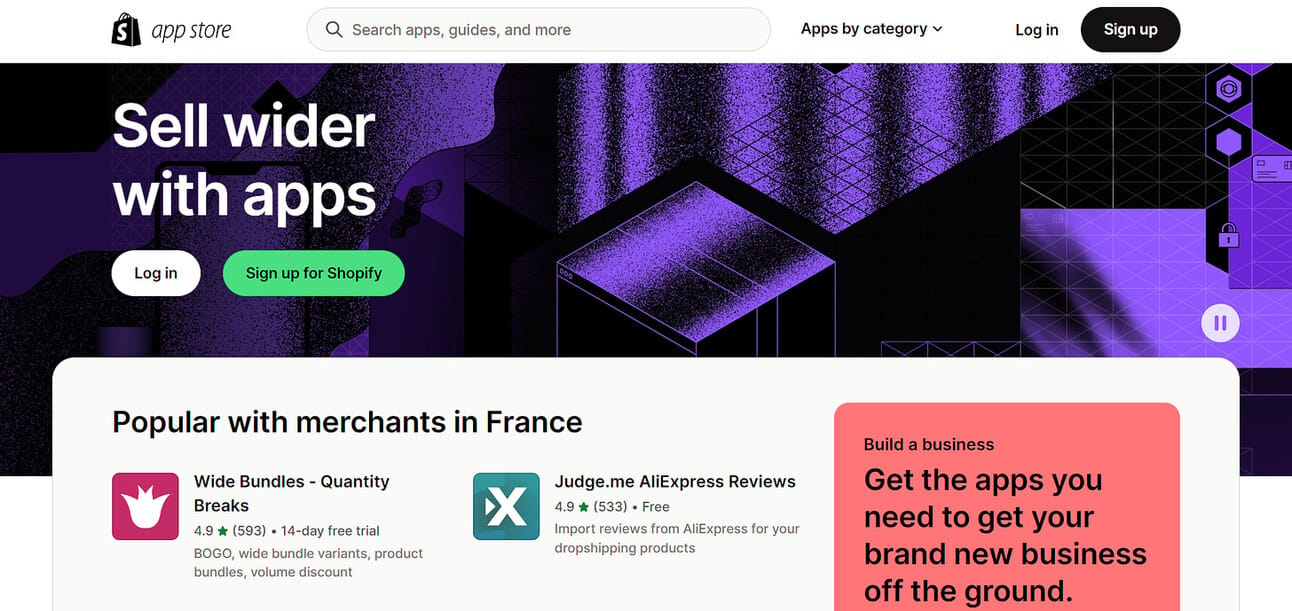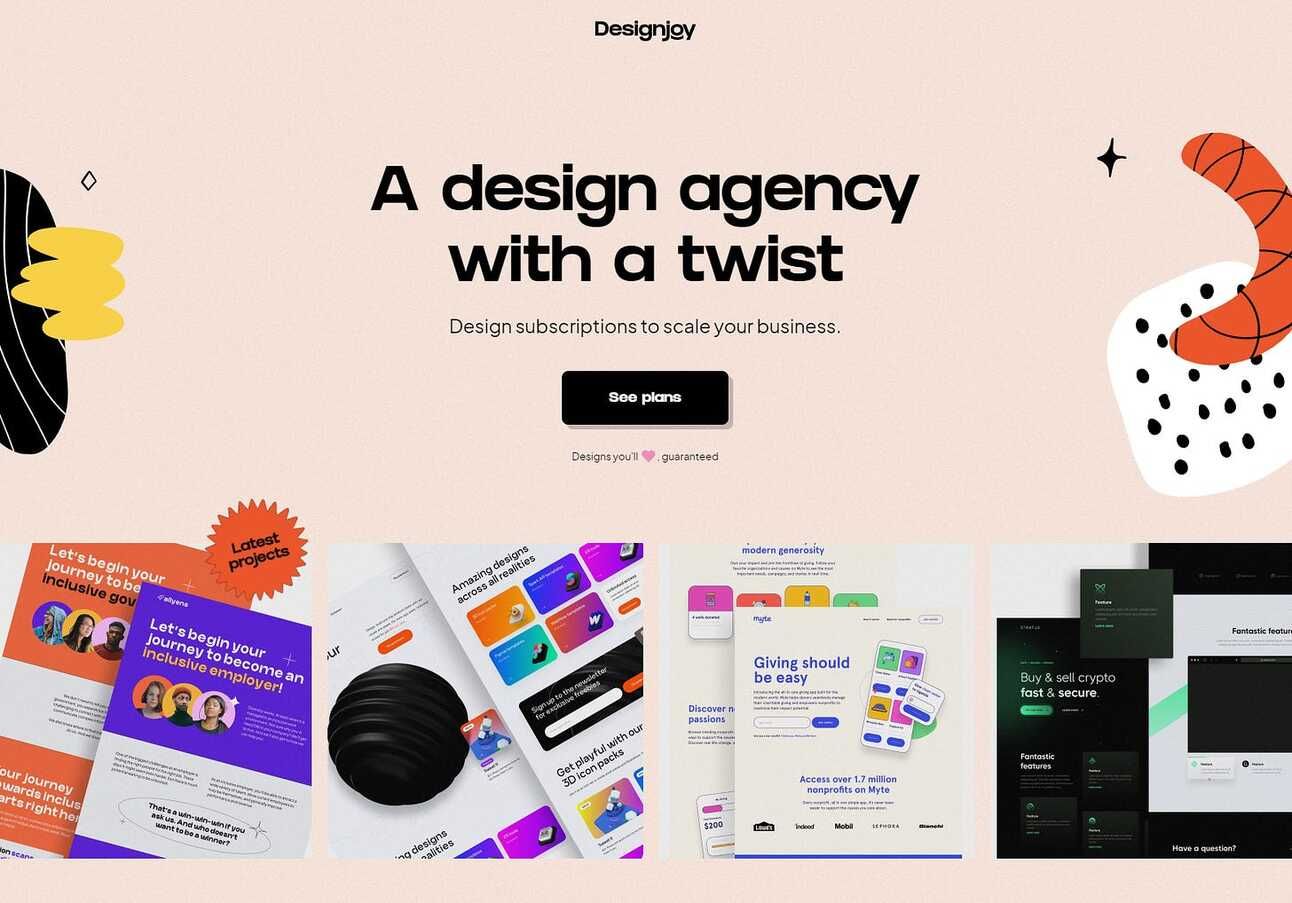- Coralie's Newsletter
- Posts
- Newsletter #12: building Shopify apps, a 1.3M$/year solo business and a peaceful acoustic marvel
Newsletter #12: building Shopify apps, a 1.3M$/year solo business and a peaceful acoustic marvel
Hi there,
I hope you're feeling good and had a pleasant summer.
I enjoy September in Paris because it’s filled with plenty of Shopify events.
Yesterday, I had the honor to take part in an event organized by Shopify France. The team gathered their partners to discuss all the product evolutions that happened in the past 6 months. It was very interesting and a great opportunity to meet other people in this beautiful ecosystem.
In today's edition, we're discussing building Shopify apps, a 1.3M$/year solo business and a peaceful acoustic marvel.
Let's dive in.
Work

I just started building my second Shopify app.
For the first app - which I talk about in this article - I wasn’t involved in the coding part. I was in charge of marketing and support.
For the second app, I’m back in the coding game. And I realized something: it’s never been easier to build a Shopify app.
The official Shopify app templates are now so advanced. They come with built-in features that I remember the developers had to build themselves in our first app 2.5 years ago. Today, the building process is super fast and smooth.
I’m using the Ruby app template and I’m having a lot of fun with it! I will share more details about this new app very soon.
If you’d like to build your first Shopify app but you’re having trouble finding your way in Shopify’s documentation, you can always find help.
On Twitter, I see more and more people open sourcing their own app templates and sharing tips to get started.
My friend Harshdeep - an experienced developer who built no less than 250 Shopify apps - recently launched a $249 course on how to build Shopify apps using Next and React.
Gil Greenberg, the founder of Checkout Blocks, also made an app store submission checklist to help you save a lot of time, both before submitting and after approval of your app.
With all the tools available, you now have everything you need to give birth to the Shopify app idea you might have in your head.
Learn more by discovering the official Shopify app templates, Harshdeep’s course and Gil’s app store submission checklist.
Inspire

As a freelance Shopify developer, I’ve always been interested in learning about scaling techniques: when your work calendar is full, which strategies can you set up to still grow your revenue?
There are plenty of options.
You could:
Create and sell online products such as courses.
Build softwares as a service (SaaS) such as Shopify apps.
Hire contractors to delegate tasks and take on more clients.
You could also… build a productized service.
Let’s take the example of Brett Williams, the founder of Designjoy.
Brett is a solopreneur making 1.3M$ per year with only 20 clients.
How?
By selling design as a subscription. He has two pricing plans: the Standard at $4,995 per month and the Pro at $7,995 per month.
Brett has a radical process: no calls, no proposals, no quotes and, above all, zero exceptions.
His rules are defined upfront on his website and clients agree to them by subscribing.
His clients have an unlimited number of requests, with a limit of one request at a time. And they can pause or cancel the subscription anytime.
This productized service business model has many advantages:
Highly profitable: $100K revenue per month for only a few hundred dollars of expenses, for tools such as Webflow, Trello, Figma, Adobe, Memberstack, Zapier and Airtable.
No pressure to have to pay someone each month, whether it’s employees or contractors.
Huge freedom in the decision making process, as he is the only person in charge.
Because nothing is perfect in life (do we even want everything to be perfect?), this business model also has disadvantages:
High mental charge caused by being the only person in charge and having to handle 20 clients simultaneously.
Impossibility to get help from an employee or a contractor.
Loneliness of running a business alone and not being part of a team.
Taking time off is almost impossible. Brett did not take any vacation in 6 years.
What do you think of this business model?
Learn more about Designjoy by visiting its website, following Brett on Twitter or watching a 10-min interview of him on YouTube.
Explore
In August 2018, the electronic music producer Mura Masa and the singer NAO released an acoustic live version of their song “Complicated”.
5 years later, I’m still not over it. I listen to it regularly, especially when I travel.
It brings me joy and peace.
Enjoy.
Thank you, from the bottom of my heart, for reading this edition until the end.
I'll talk to you soon.
Take good care of yourself.
Coralie
Reply